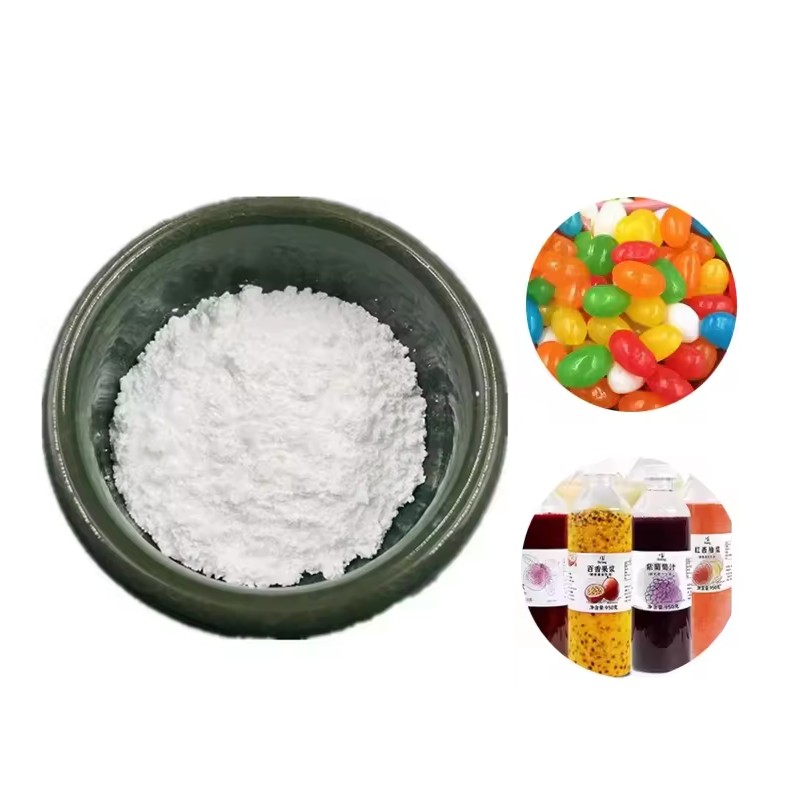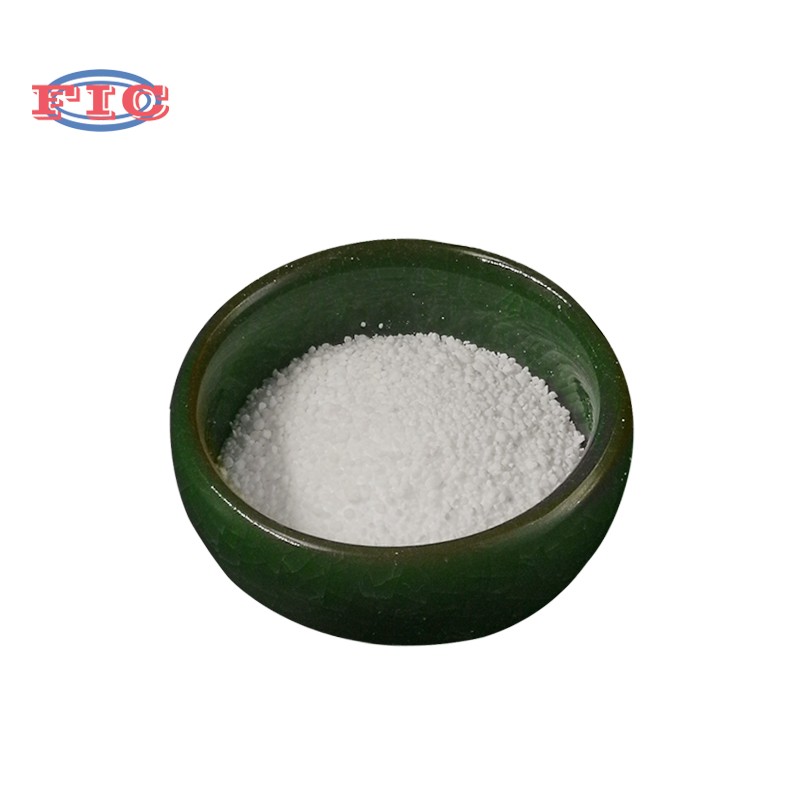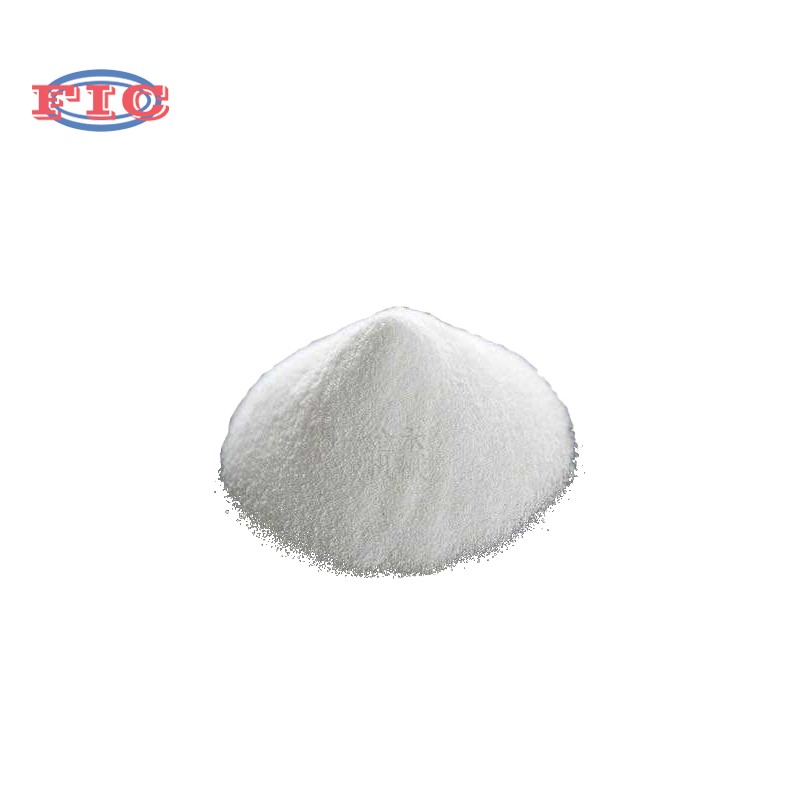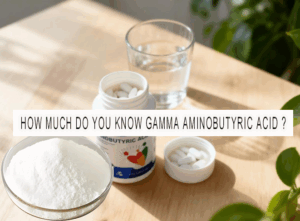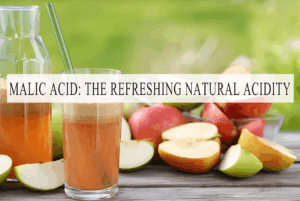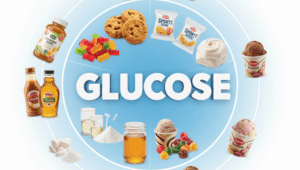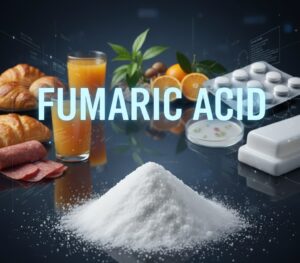Bahasa Indonesia:What Is Lysine and Why It Matters in Animal Feed?Bahasa Indonesia:
Lysine is an essential amino acid, meaning animals—including livestock and poultry—cannot produce it internally. It must be supplied through their diet, making it a necessary component in commercial feed formulations. Unlike non-essential amino acids that animals can synthesize, it acts as a “limiting factor” in most feed ingredients: its availability directly controls how efficiently other amino acids are used to build proteins. Without adequate lysine, even high-quality protein sources like wheat or barley fail to support optimal growth.
Bahasa Indonesia: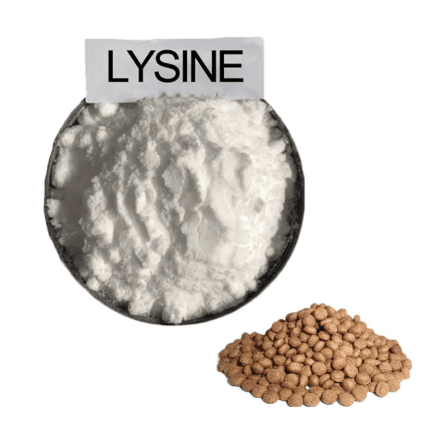

The Biological Role of Lysine in Animal PhysiologyBahasa Indonesia:
At a cellular level, it is critical for protein synthesis, which underpins muscle development, tissue repair, and immune function. It also plays a role in collagen formation (vital for skin, bones, and connective tissues) and the production of enzymes and hormones that regulate metabolism. For young animals in rapid growth stages, lysine deficiency manifests quickly: stunted weight gain, reduced muscle mass, and weakened immunity. In adult animals, it can lead to reproductive issues—such as lower egg production in hens or poor litter size in sows—and decreased milk yield in dairy cattle.
Bahasa Indonesia: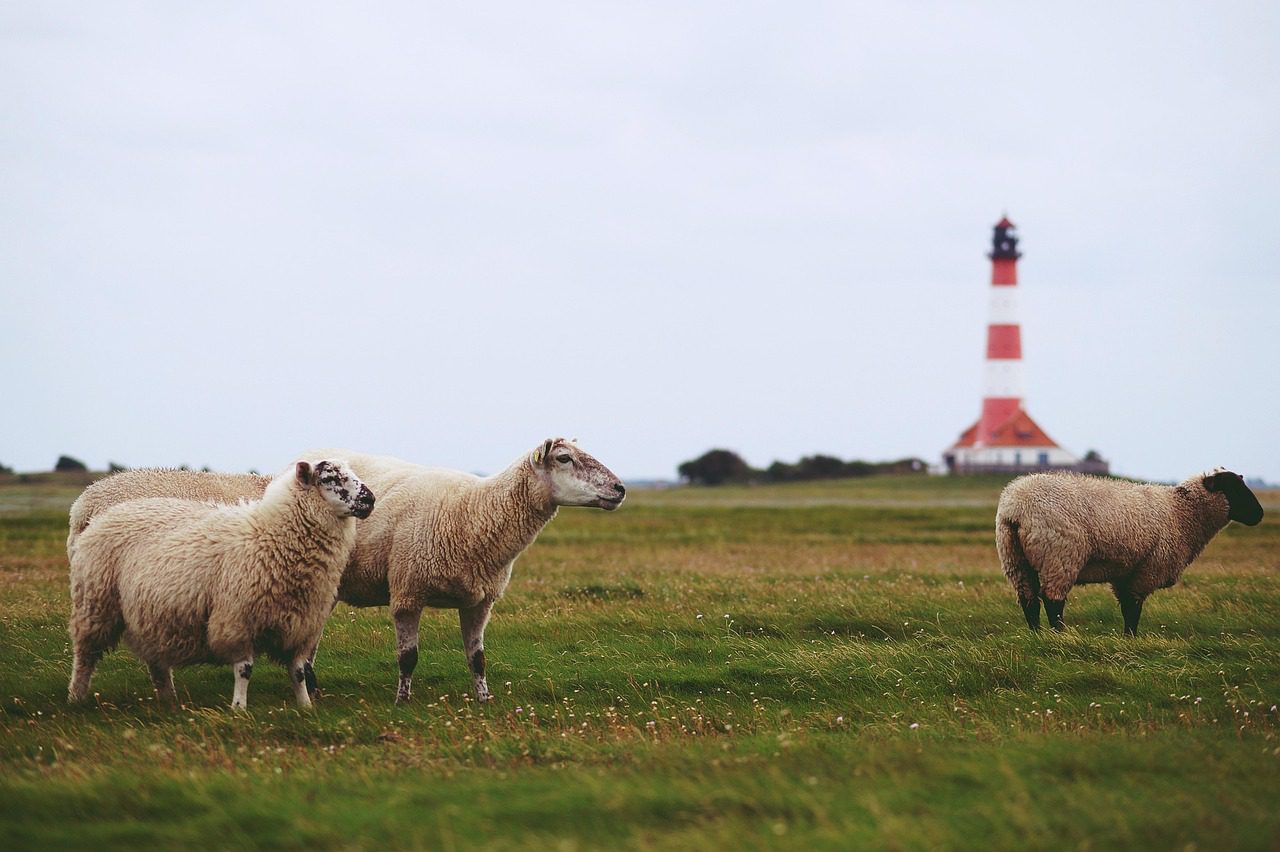

Species-Specific Lysine Requirements: A Closer LookBahasa Indonesia:
It needs vary significantly across animal species and life stages, demanding tailored feed formulations:Bahasa Indonesia:
- Pigs: Nursery pigs (3–10 weeks old) require 1.2–1.5% lysine in their diet due to rapid muscle growth, while finishing pigs (10–25 weeks) need 0.8–1.0% as their growth rate slows.Bahasa Indonesia:
- Poultry: Broiler chickens need 1.0–1.2% lysine to support muscle development, especially in the first 4 weeks, whereas laying hens require 0.7–0.8% to maintain eggshell quality and egg production.Bahasa Indonesia:
- Aquaculture: Fish like salmon and tilapia have high lysine demands (1.8–2.2% in feed) due to their protein-rich muscle structure, directly impacting fillet quality.Bahasa Indonesia:
These variations stem from differences in metabolism, growth rate, and physiological functions, making species-specific formulation critical.Bahasa Indonesia:
Sources of Lysine in Feed: Natural vs. SyntheticBahasa Indonesia:
Natural sources of lysine in feed include soybean meal (contains roughly 6–7%), canola meal, and fishmeal. However, these ingredients are often expensive or limited in supply. Synthetic lysine—produced via microbial fermentation of sugar or starch—has become a cost-effective alternative. It is typically added as L-lysine hydrochloride (78–80% pure lysine), allowing feed manufacturers to balance amino acid profiles without over-reliance on expensive natural sources. For example, corn-based diets (naturally low in lysine, around 0.2–0.3%) often require synthetic lysine supplementation to meet animal needs.Bahasa Indonesia:
Impact on Productivity and EfficiencyBahasa Indonesia:
Practical experience and industry observations consistently show that lysine plays a key role in boosting agricultural productivity. Proper lysine levels in piglet diets can enhance daily weight gain and improve feed conversion ratios. In broilers, adequate lysine intake supports better muscle development and overall survival rates in intensive farming settings. For dairy cattle, sufficient lysine contributes to improved milk protein content, which is important for milk quality.Bahasa Indonesia:
Practical Guidelines for Lysine SupplementationBahasa Indonesia:
To maximize benefits, feed formulators should:Bahasa Indonesia:
- Test raw ingredients for lysine content (variability exists in crops like soybeans due to soil and climate).Bahasa Indonesia:
- Adjust levels based on animal age, breed, and production goals (e.g., meat vs. egg production).Bahasa Indonesia:
- Balance lysine with other amino acids like methionine and threonine, as excess it can interfere with their absorption.Bahasa Indonesia:
Farmers should also monitor animal health—signs of deficiency (e.g., lethargy, poor coat quality) indicate the need for formulation adjustments.Bahasa Indonesia:
Future Trends: Sustainability and InnovationBahasa Indonesia:
As the livestock industry focuses on sustainability, it plays a role in reducing environmental impact. By improving feed efficiency, optimal lysine levels cut down on nitrogen excretion (a major source of greenhouse gases) and reduce the land and water used for feed crop production. Emerging technologies, such as precision fermentation for synthetic lysine, aim to lower production costs further while minimizing carbon footprints.Bahasa Indonesia:
In summary, it is more than just an amino acid—it is a cornerstone of efficient, profitable, and sustainable animal agriculture. By prioritizing its precise inclusion in feed, producers can unlock better animal health, higher yields, and long-term viability.
Recommended Reading:Explore Premium Lysine Products

